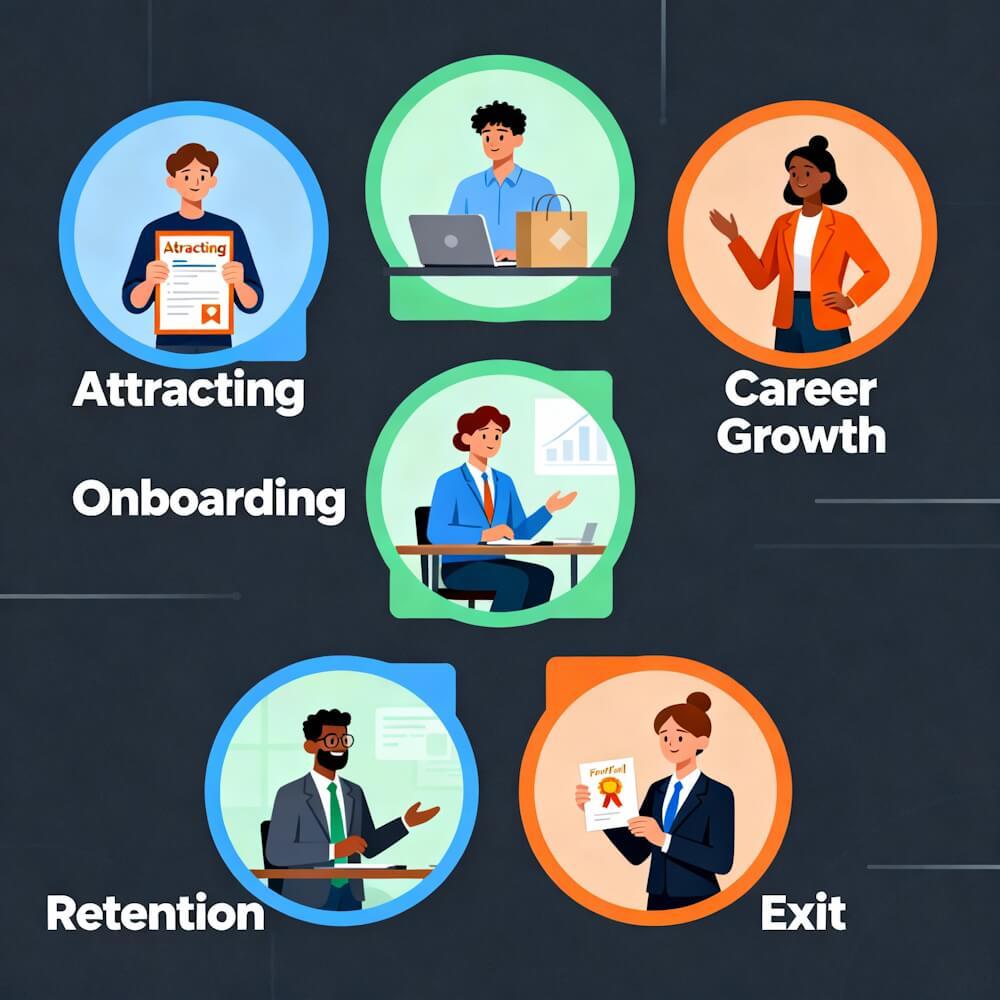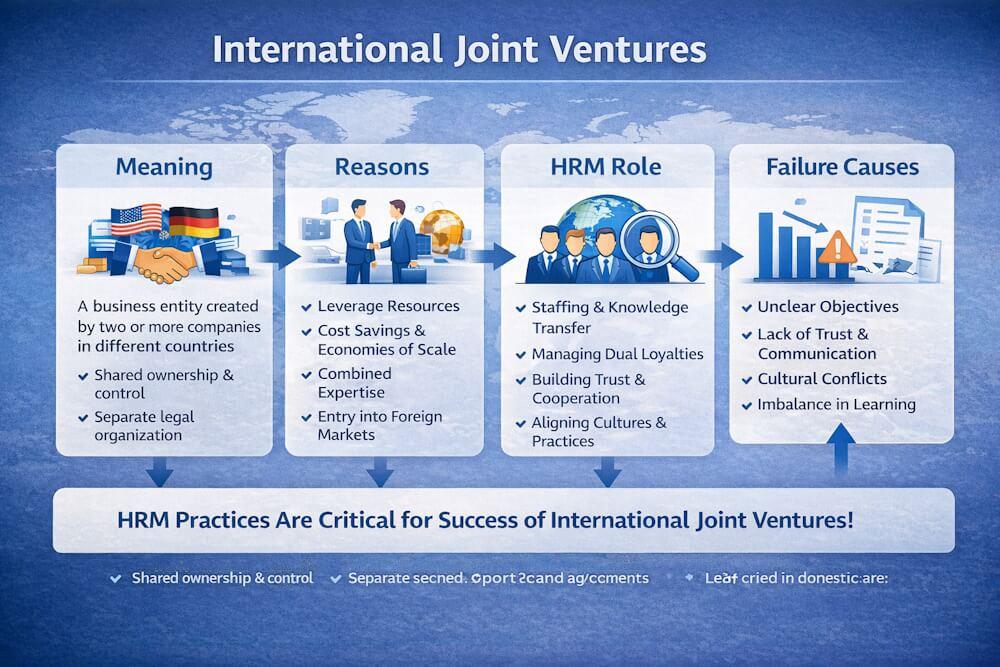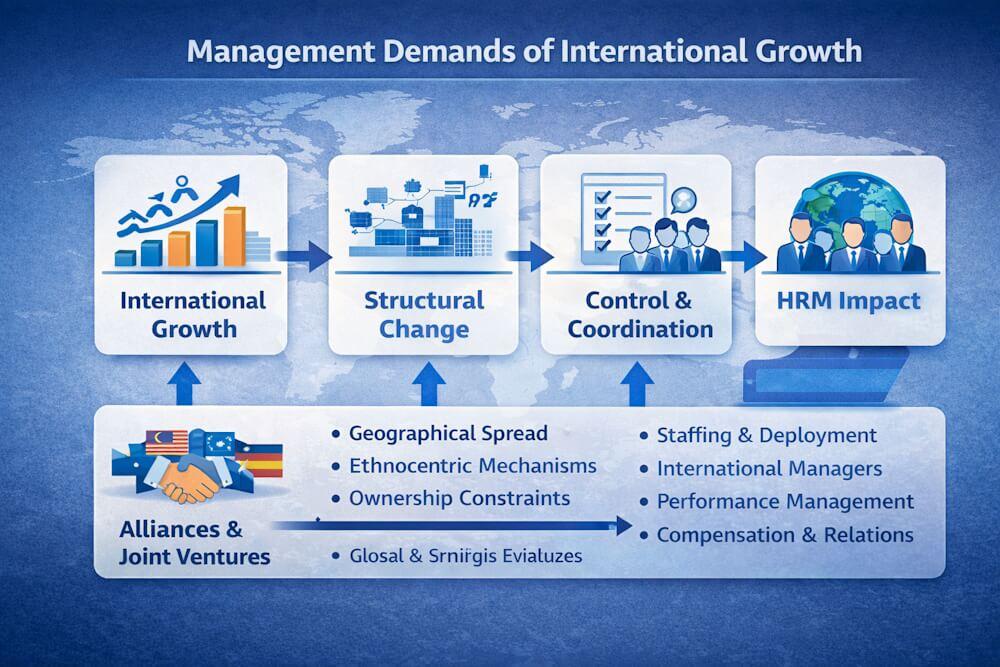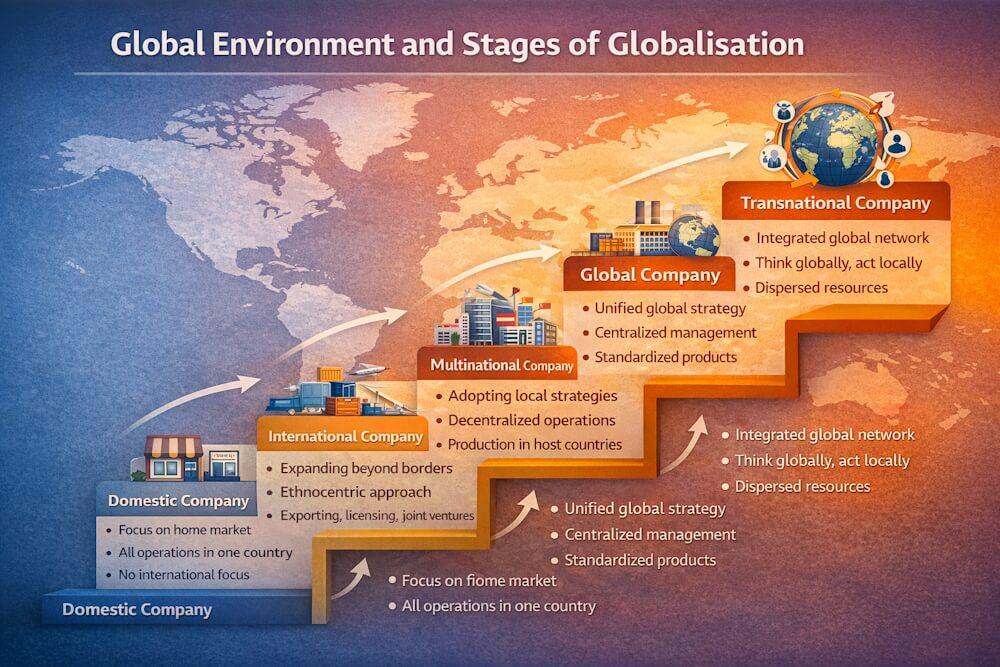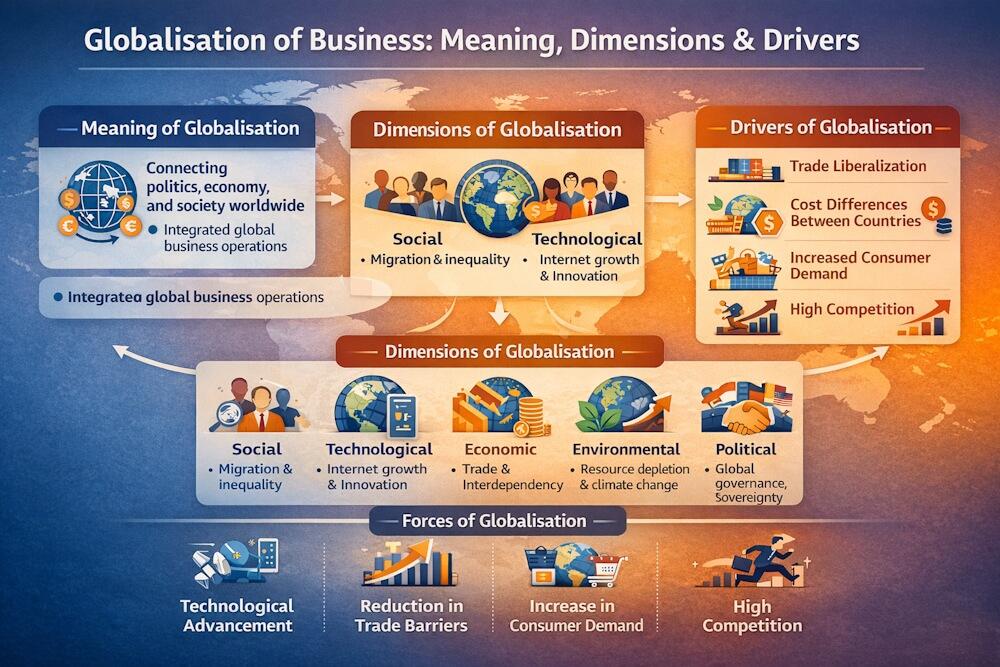People are the heart of every organization, and managing them well is what HR is all about. The HR life cycle, or the employee life cycle as some call it, is basically the journey an employee goes through from the moment they hear about your company to the time they leave.
When this cycle is done right, employees stick around, work better, and are happier. Companies see less turnover and more commitment. Let’s break it down into its five main stages.
1. Attracting, Recruiting, and Selecting
You can’t hire great people if they don’t even know about your company. That’s where attraction comes in. It’s not just about job ads. It’s your company’s image, the stories employees tell about working there, and how your brand looks from the outside.
Recruitment is next—this is when you actually try to get people interested in applying. And selection? That’s choosing who fits best. Remember, the best ambassadors of your company are your current employees. Their experience often matters more than a fancy job posting.
2. Onboarding, Orientation, and Induction
Once someone joins, it’s not just handing over a desk and computer. Onboarding is about getting them settled, making them feel welcome, and showing them how the company works.
Orientation is simple: tell them what’s expected, show them the ropes, introduce the team. Induction means helping them understand the culture, not just the processes. A word of caution—don’t oversell the job. If reality doesn’t match what you promised, they’ll be disappointed fast.
A smooth start sets the tone for the whole employment period.
3. Career Planning and Development
After a few months, employees aren’t new anymore—they’re part of the team. Now it’s time to help them grow. Career planning is about seeing where they could go and giving them opportunities to get there.
Performance reviews are useful here. They help recognize what’s done well and what could improve. Training programs, skill-building, and mentoring make employees feel valued. And don’t forget rewards—small recognition or incentives can go a long way.
When employees grow, the company grows too.
4. Retention
For each employee, a significant amount of time and money has been invested in the cycle; losing one means that the entire process must be restarted. As a result, it's critical to ensure that you can keep talent past the third stage.
On a daily basis, the greatest approach to keep good employees is to provide them with the tools, atmosphere, and skill set they require to accomplish their jobs well. Employees feel disappointed if this does not occur, and the organization loses high-performing, specialised personnel.
5. Separation and Exit
Even the best employees leave sometimes. Separation doesn’t have to be messy or ignored. In fact, it can teach you a lot.
Exit interviews are key. Ask why they’re leaving—sometimes it’s management issues, other times it’s career growth or personal reasons. Transparency helps the remaining team feel secure. Treat exits professionally and respectfully; it leaves the door open for future referrals or even rehires.
Handling departures well keeps your culture strong and employees motivated.
Wrapping Up
The HR life cycle isn’t just HR jargon. It’s a practical roadmap for managing people, keeping them happy, and growing your company. From attracting talent, onboarding them, helping them grow, retaining them, to letting them go gracefully, each stage matters.
Spend time on each step. Talk to employees. Listen. Learn. Do this, and you’ll have a team that’s committed, productive, and proud to work for you.
